Ms Varsha Raj
Welcome to Natfin
The Centre for Financial Inclusion and Planning (Natfin) is a philanthropic Trust set up by a group of professionals with experience in such fields as finance, policy making, bureaucracy, social work, and media.

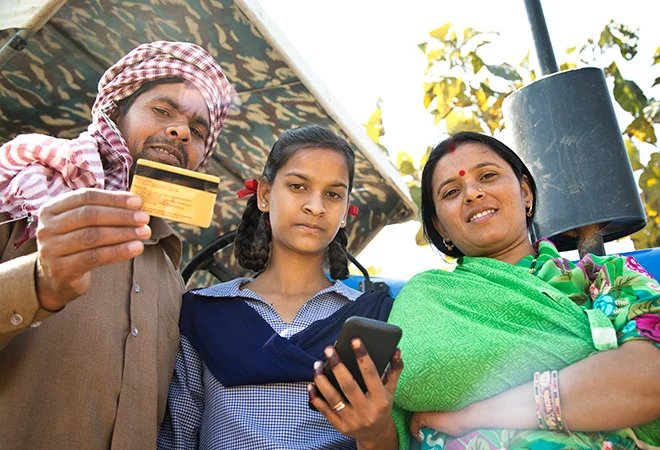
Financial Inclusion implies the availability of institutional finance to individuals and business enterprises, especially those with low income, so that the cost and access of credit, insurance, transactions, etc., are reasonable. This is the reason that the Department of Financial Services, under India’s Finance Ministry, makes Financial Inclusion “an important priority of the Government.”
The objective of Financial Inclusion is to extend financial services to the large hitherto un-served population of the country to unlock its growth potential. The Government initiated the National Mission for Financial Inclusion, namely, Pradhan Mantri Jan Dhan Yojana (PMJDY) in August 2014. The objective was to provide universal banking services for every unbanked household, based on the guiding principles of banking the unbanked, securing the unsecured, funding the unfunded, and serving un-served and under-served areas.
The PMJDY has not only led to an explosive growth in Financial Inclusion but also improved the reach and quality of welfare schemes.

Microfinance is a banking service that poor individuals or groups can avail with minimal paperwork, formalities, or collateral. The Reserve Bank of India issued the New Regulatory Framework for Microfinance loans on March 14, 2022, to ensure that all entities operating in the microfinance space are subject to the same regulations. Its stated objective was the creation of a level-playing field and safeguarding the interest of the borrowers.
All collateral-free loans to individual/s belonging to low-income households are treated as microfinance loans. Such households are defined as the ones having an annual income up to Rs 300,000. However, the RBI doesn’t regard the loans backed by hypothecation of any security as microfinance loans.
For providing a non-microfinance loan to a low-income household, it should be ensured that the limit of 50 per cent on monthly loan repayment obligations of a household as a percentage of monthly household income is not breached.
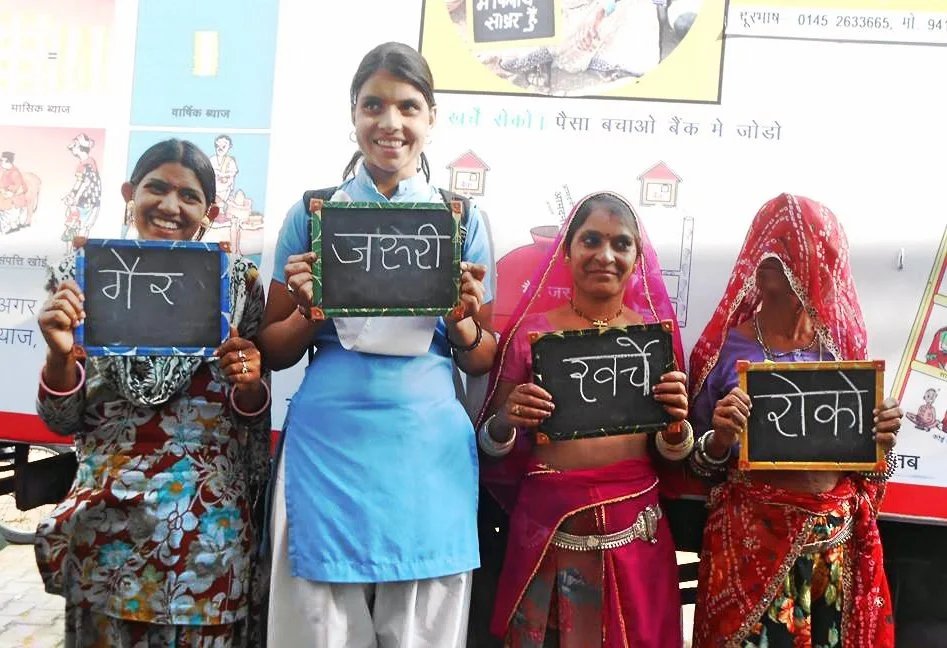

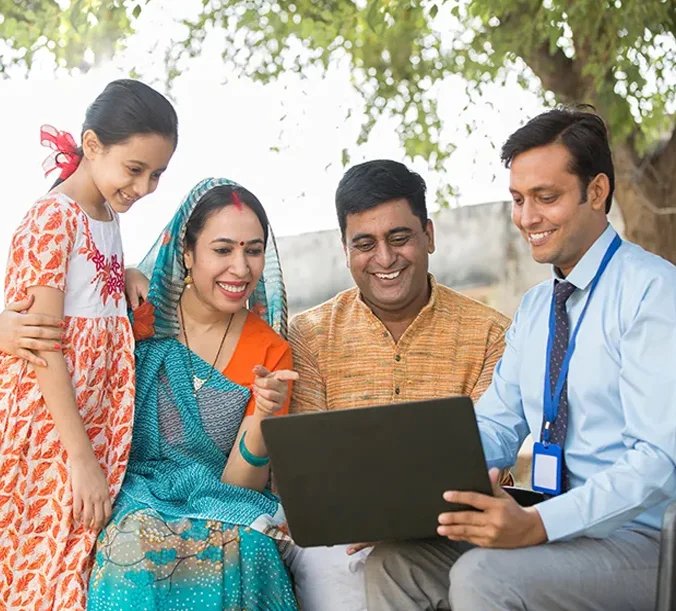
The UN General Assembly Summit in September 2015 adopted the 2030 Agenda for Sustainable Development, which came into effect on January 1, 2016. It had 17 Sustainable Development Goals (SDGs) and 169 targets. The 17 SDGs are: no poverty; zero hunger; good health and well-being; quality education; gender equality; clean water and sanitation; affordable and clean energy; decent work and economic growth; industry, innovation and infrastructure; reduced inequalities; sustainable cities and communities; responsible consumption and production; climate action; life below water; life on land; peace, justice and strong institutions; and partnerships and goals.
India enthusiastically adopted the Agenda, with Prime Minister Narendra Modi saying at the UN Sustainable Development Summit in 2015, “Sustainable development of one-sixth of humanity will be of great consequence to the world and our beautiful planet.” NITI Aayog has been entrusted with the task of coordinating the SDGs, mapping schemes related to the SDGs and their targets, and identifying lead and supporting ministries for each target.


Risk mitigation is the strategy of minimizing risk in the event of unpredictable financial stress, mishaps, black swan occurrences, etc. The objective is to lessen the negative impacts of such occurrences. All of us plan for risk mitigation of some sort or the other, be it by way of buying life insurance, medical insurance, or saving a substantial amount of money for a rainy day or unpleasant eventualities.
It is, however, time that risk mitigation was given a professional touch. We intend to assist our readers by helping them develop their own, customized risk mitigation mechanisms. Just as there cannot be a garment size that fits all human bodies, there cannot be a universal risk mitigation mechanism that would be useful for all.
There are basic principles that need to be followed; yet, these have to be employed adroitly to individual cases to obtain the optimal results. We will show how to apply these principles.


With your support, we disseminate financial awareness among people in their language. We have volunteers who disseminate the complexities of financial products among people, spread awareness about financial rights and duties, create safeguards against cheats and frauds, encourage them to use financial products like insurance and help them in planning for their rainy days. We focus on the financial aspiration and goal of the people and try to create a better financial ecosystem for them.


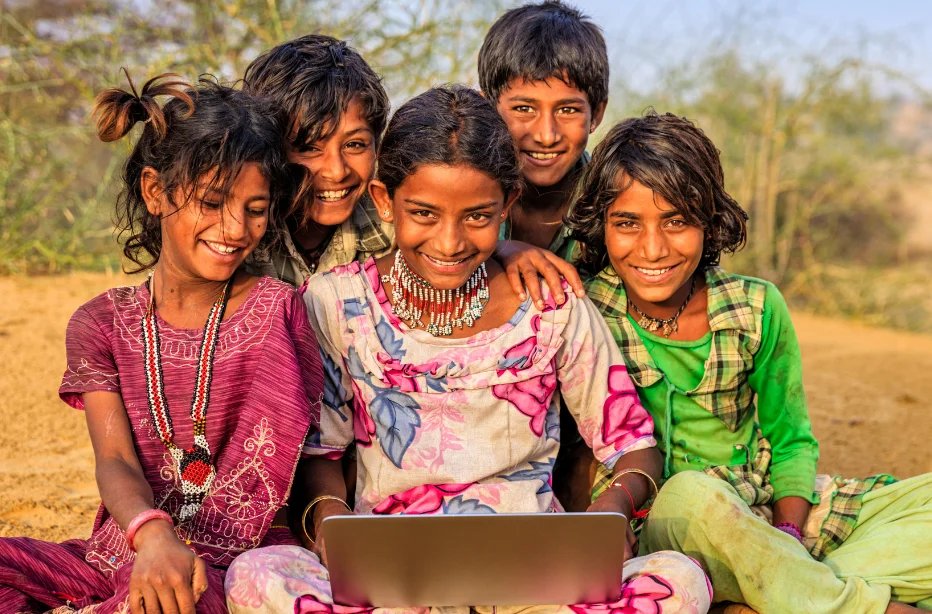
Our focus remains on disseminating information regarding financial welfare schemes of the central and state government meant for weaker section of society. We help people in day to day financial affairs like opening and operating bank account, buying Fixed Deposit, Recurring deposit, National Saving Certificates etc. We encourage people to buy insurance as hedge against eventuality. We safeguard people against cheats and frauds . Overall, we are trying to create a financial ecosystem, which is beneficial for all. You can associate with us in different ways, like..
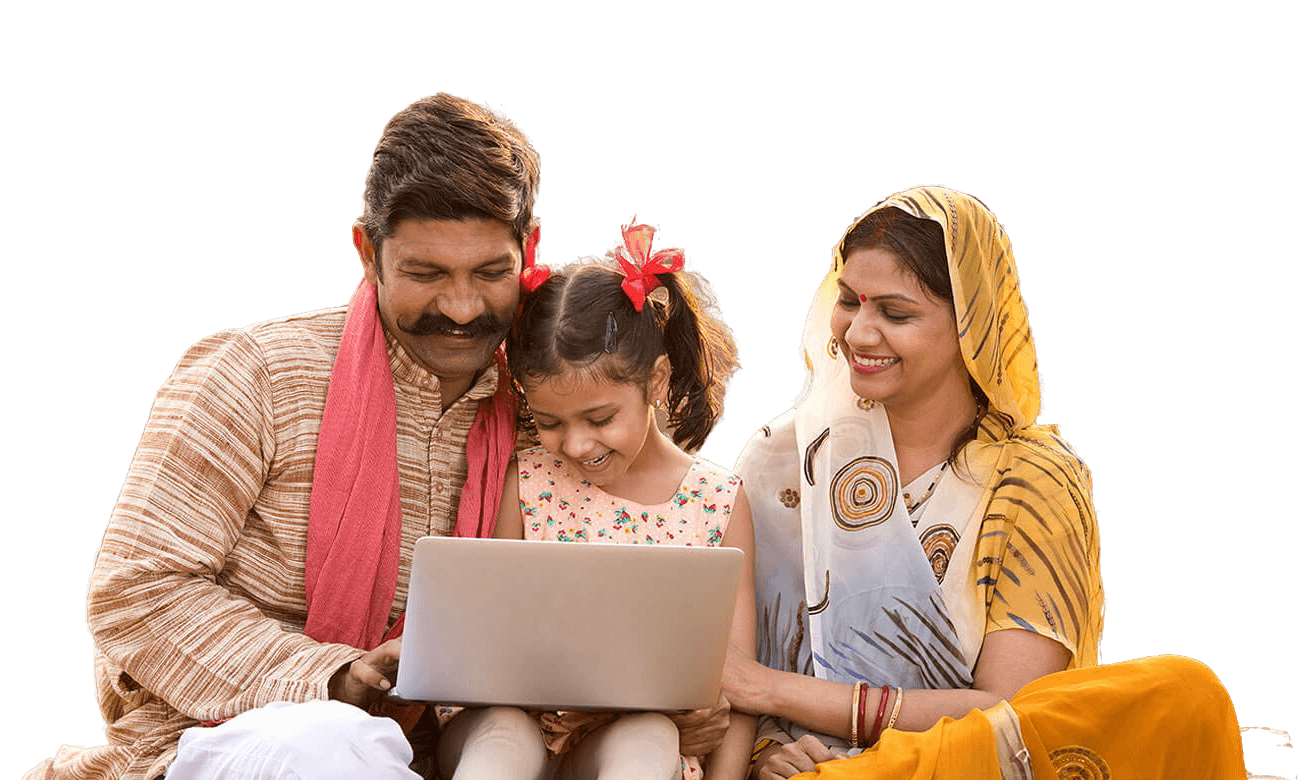

Social Impact of Finance
Financial Inclusion is often viewed as one of the many instruments to combat poverty and economic backwardness—and it is indeed one. But it is much more than a developmental tool, for it has wider social, cultural, and political ramifications.
The Indian Government’s major Financial Inclusion project, the Pradhan Mantri Jan Dhan Yojana (PMJDY) which was launched in August 2014, has also improved the efficacy of welfare schemes, made the beneficiaries aware of other Government programmes that they can benefit from, and opened up new vistas of progress.
When the poor access easier credit from cooperative societies or from other lenders under government-supported schemes, it is not just the money that they get; they also interact with the persons concerned and come to know a bit about the functioning of the formal economy and the benefits thereof. This helps them position themselves for the formalization of their activities, thus empowering them.